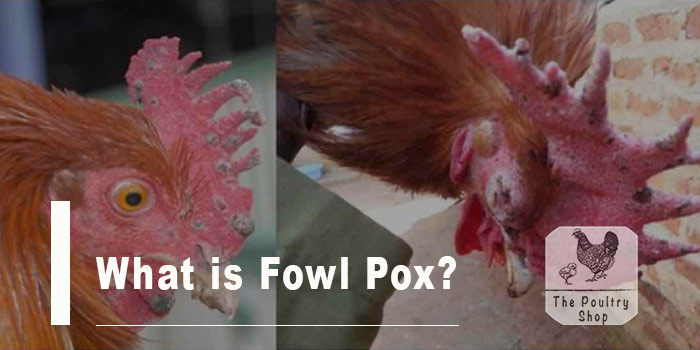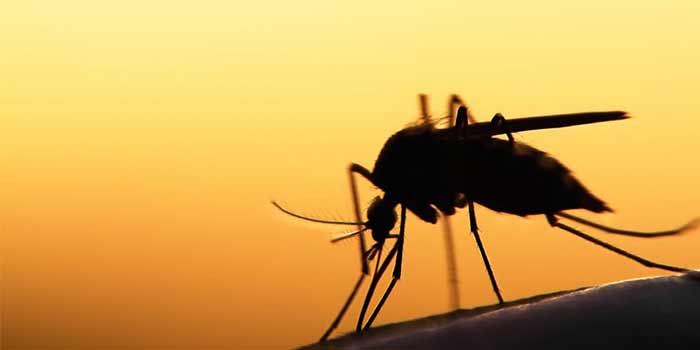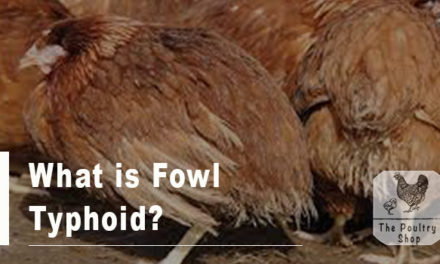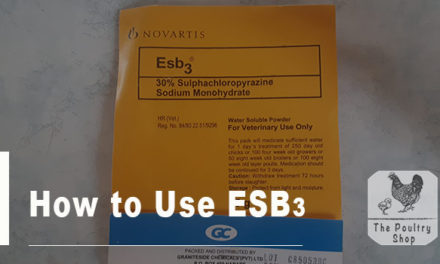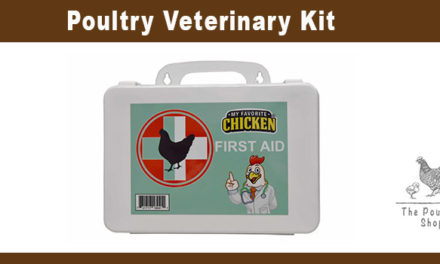Fowl pox is a highly contagious disease that affects poultry birds at any age.
What Causes Fowl Pox?
- It is caused by poxvirus transmitted by mostly mosquitoes, mites and flies. Once a mosquito feeds on an infected bird for instance, it is able to keep the virus in it’s salivary glands for up to 8 weeks and in the process will be spreading the virus through bites.
- Introducing infected birds into a flock also helps in transmitting the virus through bird contact and discharges from mucous membranes.
- The reason why fowl pox is prevalent during the wet season is that mosquitoes, being the vector, breed well in this season due to the abundance of stagnant water.
- Also, the incidence of wet litter becomes apparent when poultry houses are not adequately shielded from rain. This leads to the development of wet litter which then predisposes to fly problems in the fowl run.
How to Recognise Fowl Pox in Chickens
There are some visible things you will notice, which are proofs that your chickens have fowlpox disease:
- Dry form – fowl pox leads to the development of round lesions with scabby centers on the skin of the birds. The majority of the skin lesions (wounds/ulcers) are located on non-feathered areas of the bird such as wattle, face, comb, and some are occasionally located on the legs. The dry form is the milder form of the two and usually does not end in death.
- Wet form – This disease also affects the mouth and windpipe linings. The lesions that are formed in the throat can develop to the extent of blocking the throat and it could eventually lead to death as a result of suffocation.
- Lesions on the face can extend to the eyes, causing temporary or permanent blindness of the affected bird.
- Reduced feed and water intake, bird becomes less active and quieter than usual
- Decreased egg laying in hens.
- Sneezing.
- Coughing.
- Eye discharge.
How to Prevent Fowlpox in Chickens
- Ordinary sanitation and management practices will not avert this disease, so vaccination is often the solution. Live fowlpox vaccine is administered in the wing web of birds within age 6 and 10 weeks.
- The mechanical carriers of fowl pox are mosquitoes. So it is advisable to reduce the mosquitoes around your farm or environment. You can buy Cislin or Deltaguard from veterianry shops. You can also try this homemade trick for trapping mosquitos.
- Keep the area around poultry house clean and free from stagnant water sources and tall grass (breeding ground for mosquitos)
- Control fly population through spraying insecticides and keeping litter dry and clean.
- Keep mosquito repelling plants near fowl runs such as mint, marigolds, lavender, basil, sage, rosemary, etc.
- If aggressive pecking is controlled among birds, skin damage which fowl pox causes is reduced.
- Practice proper biosecurity measures – limit visitors, use foot and wheel baths, etc.
- Isolate new members for a period not less than 30 days before introducing to the rest of the flock.
- Adding probiotics to your chicken feed is another great way to boost your bird’s immune system, thus helping them to better arm themselves against illnesses in general.
- Feeding your birds with good quality feed and supplement with natural herbs such as aloe vera, black jack, oregano, mint, etc helps to boost immune system of the birds.
How to Treat Fowlpox in Chickens
- Fowlpox has no treatment once the fowlpox virus has affected a bird. Fortunately the same vaccination given to prevent the disease can also be administered to aid in lessening the spread of the virus, but only in flocks where up to twenty percent of the flock has been infected. As long as a diseased bird is eating and drinking, it will recover from the disease in about two weeks or more with low mortality rate. When a bird recovers successfully from fowlpox, it is immune to the disease permanently.
- You can administer Kips and Chickboost (direct dosage) to address the effects of wet pox.
- You can also use Aliseryl, Nemovit, Sulfacox and ESB3.
- For dry scabs or lesions and eye discharges, apply Eyesaver. You can also rub aloe vera gel/shoe polish on the dry pox lesions/scabs.
Disclaimer: Information in this article does not substitute advice from your local veterinarian. Whilst great effort is taken to ensure accuracy of information in this article, no responsibility can be accepted for any loss or injury incurred due to error or omission.
Did you find this article helpful? Leave a comment below or subscribe to my free Email Newsletter and also like The Poultry Shop Facebook page. Thanks!

